Clearing the Confusion Around Soybean Seed Treatments
In the past 14 years I’ve worked in agriculture, I’d say no segment of the business has changed as rapidly as soybean seed treatments. At the beginning of my career, it wasn’t uncommon to have growers planting 180,000 – 240,000 untreated soybean seeds per acre to get a full stand of soybeans. Today, it’s common practice in my part of the state for planters to be set to drop 120,000 – 150,000 treated soybeans per acre and achieve better, healthier stands than ever. Seed treatments are 100% to thank for this shift in practices. So, what exactly is a [...]
Understanding A Soybean Seed Tag
A lot of time is spent by growers selecting seed for the coming year, determining proper field placement and managing agronomic decisions. Industry also spends a great deal of time producing ample high-quality seed. When it comes to validating what a grower is getting, it’s important to review the soybean seed tag for each soybean variety. Seed tags are a great resource for a grower to better understand what they are planting. For example, herbicide traits, seed treatment and the number of seeds/unit are all found on the tag. Regardless of how seed is delivered to a grower—by bagged [...]
What STS Means and Why You Should Care
Why does my soybean variety have “STS” or “SR” listed with it and what does it mean for my planting season? In 1994 sulfonylurea-tolerant soybeans (STS), then later sulfonylurea ready (SR), were introduced to help growers control troublesome broadleaf weeds. These STS or SR traits are native, non-GM traits, that make the soybean more tolerant to sulfonylurea herbicides. Sulfonylurea herbicides work by inhibiting the ALS (acetolactate synthase) enzyme, which plays an important role in forming necessary proteins for the plant’s growth and development. This causes the weed—or non-STS soybean plant—to starve because it cannot get the necessary proteins for [...]
Do You Have the Proper TIPS?
It seems like nothing is simple anymore. After the introduction of glyphosate tolerant soybeans in the mid-1990s, herbicide applications where somewhat simplified. In recent years, with newer herbicide tolerant soybeans and the ever evolving weed resistant population, soybean herbicide operations are becoming increasingly complicated again. Before new herbicides are released into the commercial market, extensive research is completed to ensure optimum performance. It’s these trials that populate recommendation of State and Federal labels, such as wind speed, plant back restriction and application rates. For an herbicide to be effective against an emerged weed, a certain concentration of the active [...]
How To Establish an Agronomy Trial
In modern production agriculture, research and agronomic trials have expanded beyond small strip trials and university research. Many producers are developing their own highly sophisticated on-farm research studies. Technology has come a long way in helping producers collect data from a yield monitor at harvest and upload that data wirelessly to computer software for processing. Several producers have partnered with CCAs or agronomists to help set up trials and to understand their findings. Below are some concepts to consider when developing on-farm research trials for the 2020 growing season. 1. What do you want to test? a. Soybean Variety [...]
Importance of Soybean Storage Proteins
Soybeans are grown because oil can be extracted and marketed as vegetable oil or blended to make biodiesel and the high protein soybean meal byproduct can be fed to livestock. However, it is the storage proteins and their composition that determine protein compositional quality. Soybeans, at 13 percent moisture contain about 18 to 20 percent oil and 34 to 36 percent crude protein, though those ranges can vary considerably across varieties and climatic zones. A bushel of soybeans weighing about 60 pounds contains 44 pounds of meal, 11 pounds of oil, 3.5 pounds of hull and about 1.5 pounds [...]
Pod Number Counts Most
We often talk about evaluating the components of yield from plant population to pod number per plant to seed number per pod and seed size. However, the number of pods a plant can set, retain and grow to maturity appears to be the most promising factor to influence with good management practices. Seeds per pod and seed weight have a much smaller impact on final yield. There are three facts we should acknowledge: Dr. Fred Below’s Six Secrets of Soybean Success research has proven that each additional pod added on a soybean plants adds two bushels per acre. Early [...]
Should I change to an Earlier Maturity Corn Hybrid?
Every soybean producer in Illinois is also a corn producer. And one of the commonalities about farming in Illinois is that sometimes it will rain in the spring and delay or prevent planting. There comes a point in time that growers must decide whether to switch maturities or even switch crops (switching from corn to soybeans). There are several things to consider in that decision and the most likely is which will be most profitable. On average, hybrids will only lose one bushel for every 10 days of planting delay prior to May 10th. Planting dates after May 10th [...]
Is there a perfect soybean plant?
The question: Is there a perfect soybean plant and did you pick the perfect plant type this season? The answer: In today’s modern soybean production, I don’t know if we can say there is a perfect soybean plant, however, there is a perfect placement for every soybean plant style or type. Most modern corn hybrids have unique characteristics that are a result of combining two different inbred lines and it’s the dominance of the combination that will be visually expressed in a field. It’s these characteristics that may allow products to perform in different environments and soil conditions. Soybeans [...]
All About Populations
One of the most important decisions growers make every year is the selection of planting populations for both corn and soybeans. In both cases growers want to save seed costs, but still maximize yields. Each crop responds differently to raising or lowering populations. Here’s a look at choosing the proper population for soybeans. Soybeans respond very differently than corn to population changes. In lower-producing fields under tough conditions, we recommend planting soybeans at a higher population. This is the opposite of corn, where often lower populations are utilized on less productive soils. Our Soybean Planting Rates chart shows our [...]

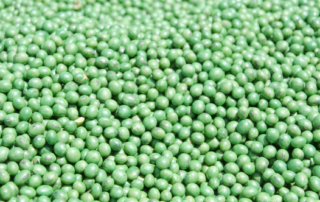
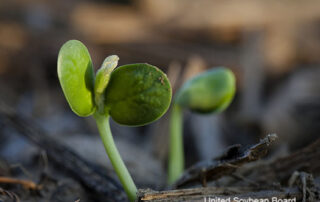
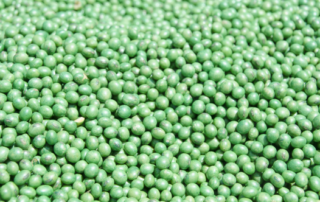
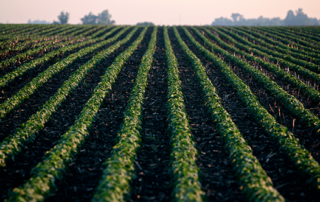
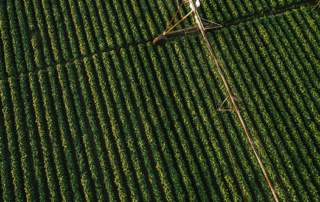
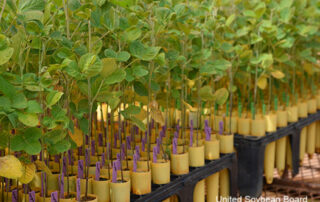
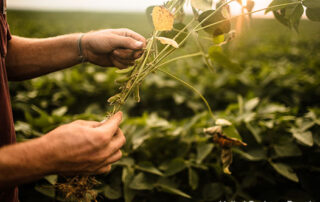
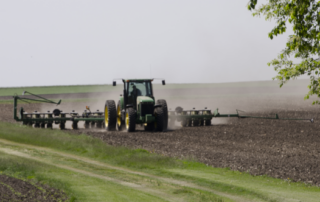
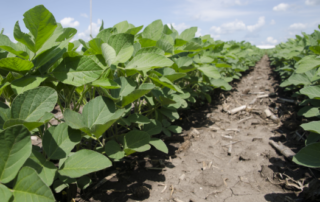
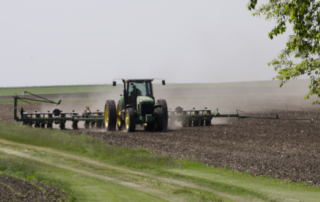

 and then
and then